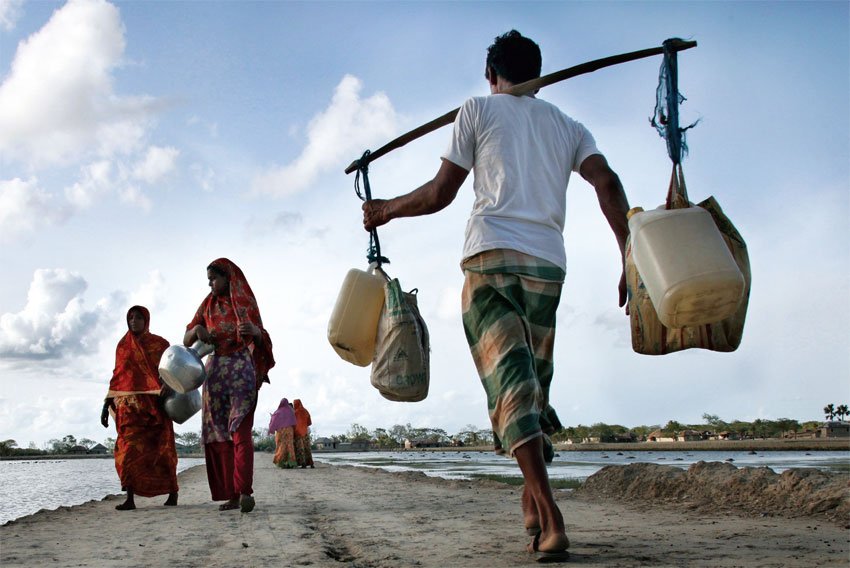It was high drama, UN style.
Negotiations went late into the night…sometimes very late, with sessions breaking at 5:30 am. And, unusually for the United Nations, deep into the weekend. At issue was a the line-by-line negotiation of the final draft of the Sustainable Development Goals. By the time the official text was adopted on Sunday afternoon — two days past deadline — the exhausted delegates were elated. “The mood was so optimistic,” said one civil society delegate in the room. “People were taking selfies!”
The SDGs, as they are known, are the set of international development targets that will drive the international development agenda for the next 15 years. They replace the Millennium Development Goals, which expire at the end of this year.
The debate to replace the MDGs with the SDGs began over two years ago at the UN. It included a bureaucratic maze of consultations and working groups, a “high level panel” a “synthesis report,” and a massive attempt to survey ordinary people around the world. Now, after years of negotiations the final-final draft is ready for heads of state to sign at the United Nations summit in New York in September.
By the final round of negotiations, most of the substance of the SDGs were not up for debate. Two years worth of meetings lead to a consensus agreement on 17 goals and 169 targets. Still, even after all this debate there were over 20 targets that were still considered “TBD” going into the final week.
For example, the original draft included as one of the 169 targets to “by 2030 end preventable deaths of newborns and under-five children.” Over the week, that target was further refined. It now reads “By 2030, end preventable deaths of newborns and children under 5 years of age, with all countries aiming to reduce neonatal mortality to at least as low as 12 per 1,000 live births and under-5 mortality to at least as low as 25 per 1,000 live births”
The implications of this tweak to the text are profound. For comparison’s sake, Angola has the highest neonatal mortality rate in the world, at about 47 per 1,000 live births and Bangladesh currently has a neonatal mortality rate of about 24 per 1,000 live births, twice proposed new target. Honduras, Egypt, Paraguay and Turkey have neonatal mortality rates that hover at around 12 per 1,000. (The USA has a rate of about 6.)
In all, about 85 countries would need to substantially or moderately reduce their neonatal mortality rates in 15 years in order to reach this goal, so it is no surprise that small edits like this this would engender long and drawn out debate.
Some of the debates, though, were far more style over substance. The USA, in particular, urged member states to stay away from “UN-speak” and “typical re-articulations of UN-prose” in the pre-amble and introduction of the text. They were largely successful. The pre-amble, in particular, eschews UN jargon, opting instead for an alliterative device of the five “P’s” — People, Planet, Prosperity, Peace and Partnership — to frame the rest of the text.
At times, common political clashes at the UN threatened to undermine consensus around the final document. At the 11th hour, some member states called for language about “foreign occupation” (read: Israeli occupation of Palestine) to be inserted into the final text. But the negotiators used familiar diplomatic legerdemain to workaround the hangup, and by 6:30 pm on Sunday the gavel came down.
The global goals are now ready to be signed by heads of state. Diplomats and advocates in civil society can breathe a small sigh of relief. But now comes the much harder part: all the effort that has gone into setting the goals is only a small fraction of the political will, financial support and ingenuity required to actually see these goals accomplished.
